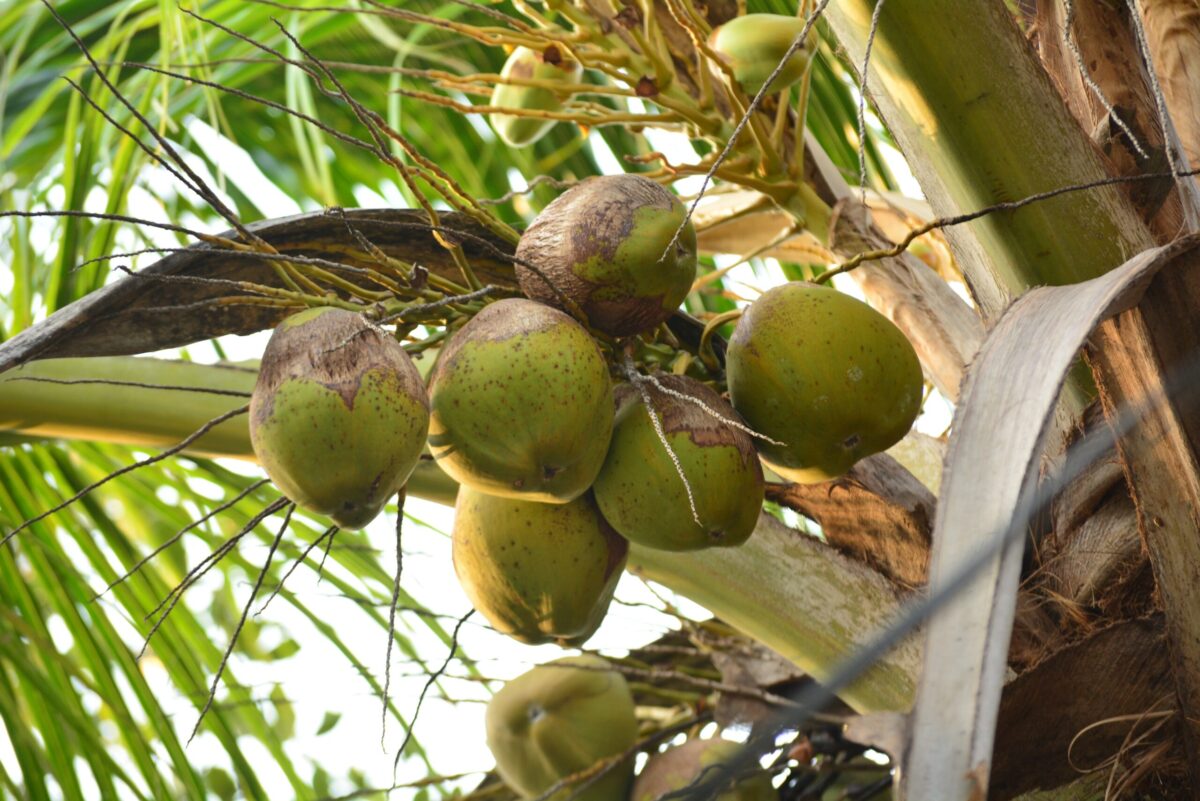Sunday was our day for pepper water. Plain boiled rice and pepper fry. Mama had a fixed menu for each day of the week which she would vary every now and then. Pepper Fry is what went with pepper water, a South Indian specialty. The Pepper Fry is made out of goat meat chops, potatoes, and onions. I find it easier to make with stew meat. This is a very versatile and simple dish that can accompany Indian or Western meals.
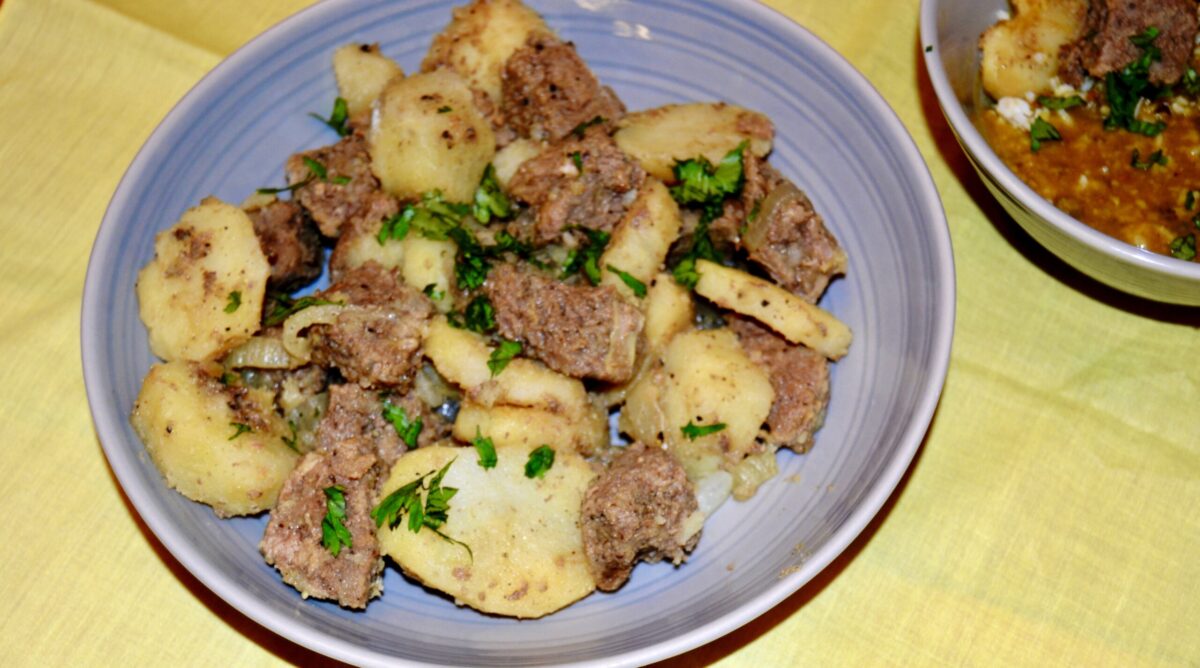
Pepper Meat Fry
Ingredients
- 1 lb stew meat (beef, goat, or lamb )
- 1 large onion
- 2 medium potatoes (peeled and sliced as thick as the onions)
- ½ tsp coarsely ground whole pepper (you could add more if you like)
- 1¼ tsp salt
- 3 tbsp cooking oil
- Water (as needed)
Instructions
- Wash and drain the meat. Pound the meat pieces with a meat mallet a few times.
- In a medium-sized mixing bowl add the meat, pepper, and salt. Rub together well so that the meat is nicely coated.
- Heat oil on medium heat in a wok or broad skillet.
- Add the meat, pepper, and salt. Sauté the meat until it has a nice glaze. Do not brown it.
- Add 2 cups of water, cover, and cook till almost done. Approximately 30-35 minutes.
- Add additional water if it is drying out while cooking. Test the meat with a fork or skewer. The meat should be tender and almost done. Turn off the heat.
- Uncover the meat and arrange a layer of the sliced potatoes on top.
- Now add a layer of the sliced onions. You will need at least half a cup of water remaining. If not, add an additional half a cup of water to the meat to cook the potatoes.
- Cover and cook on medium-low heat for 10-15 minutes until the potatoes are done.
- Stir a couple of times carefully during cooking to ensure the meat is not sticking to the bottom of the pan and the potatoes are not overcooked.
- Serve the pepper fry with pepper water and rice.
- You can use it in a wrap or a main dish with salad and bread.

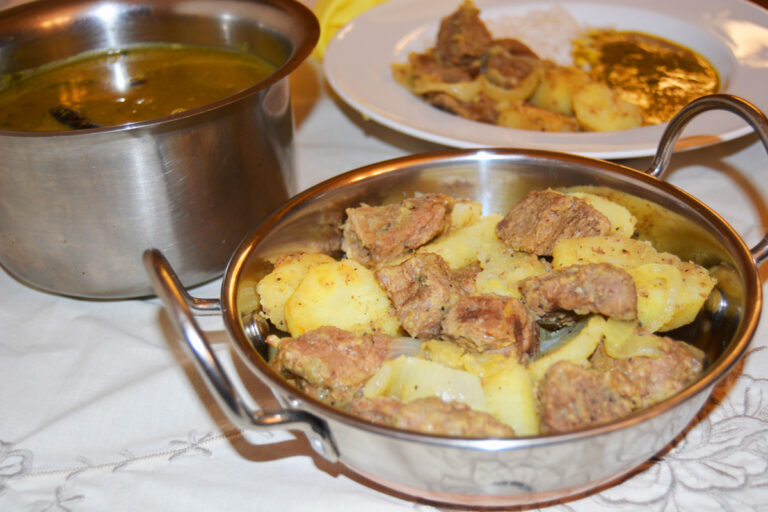
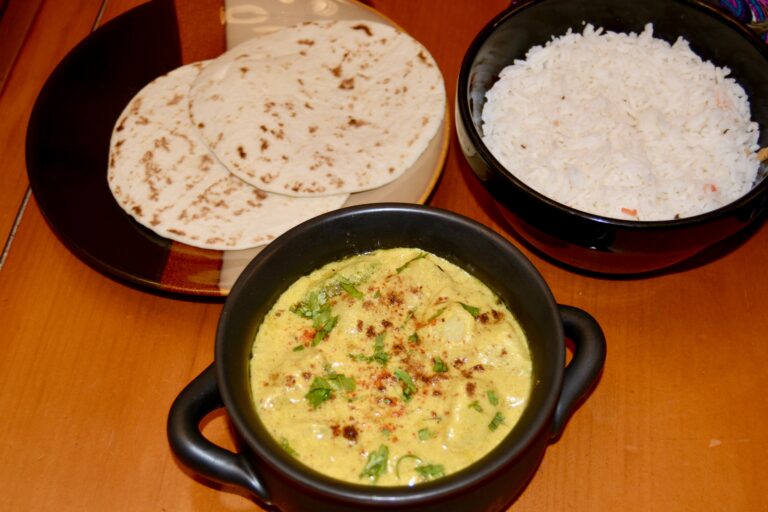
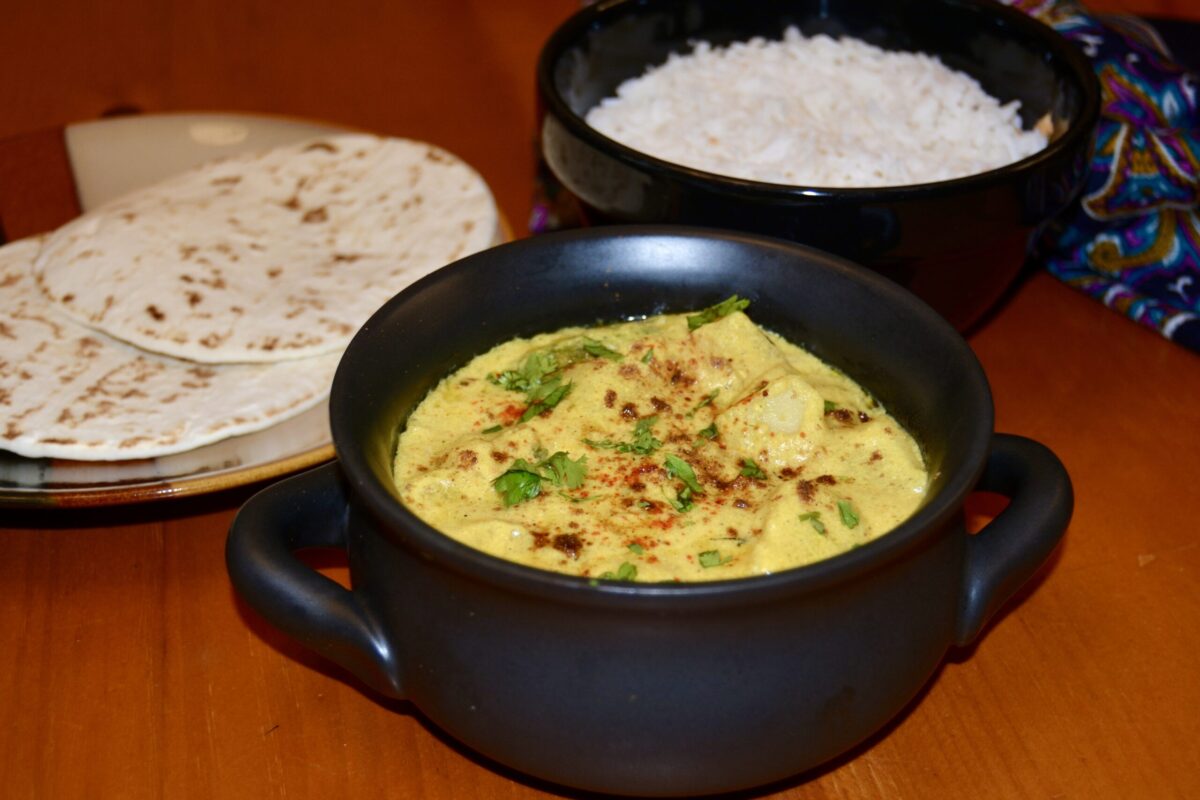
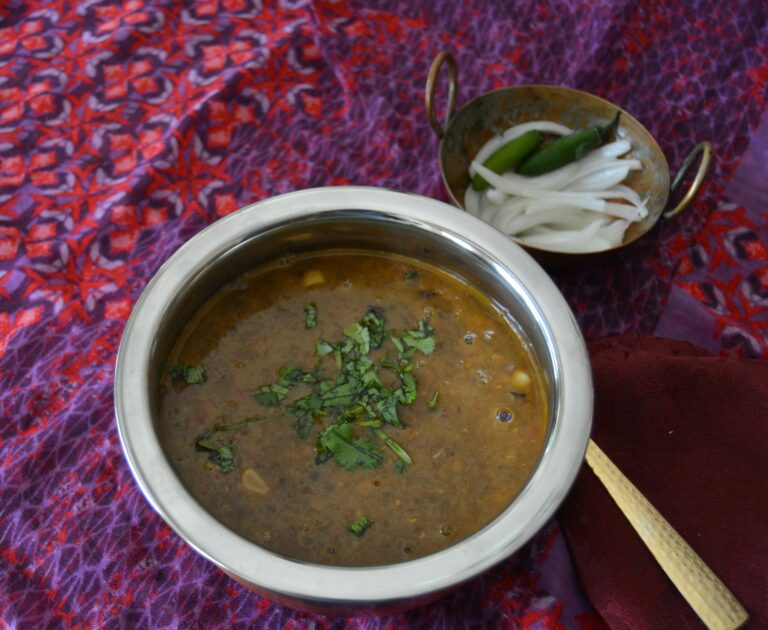
 My husband and I are returning from Ambala. It was two weeks after our wedding, and we had made the trip to visit all the in-laws who could not attend. We caught the evening bus home. By the time we reached New Delhi, it was very late. All the restaurants were closed, and we knew the kitchen at Rashtrapati Bhavan (our residence at the time, as my husband was the Air Force Aide de Camp to the President) would be closed. I was starving!
My husband and I are returning from Ambala. It was two weeks after our wedding, and we had made the trip to visit all the in-laws who could not attend. We caught the evening bus home. By the time we reached New Delhi, it was very late. All the restaurants were closed, and we knew the kitchen at Rashtrapati Bhavan (our residence at the time, as my husband was the Air Force Aide de Camp to the President) would be closed. I was starving!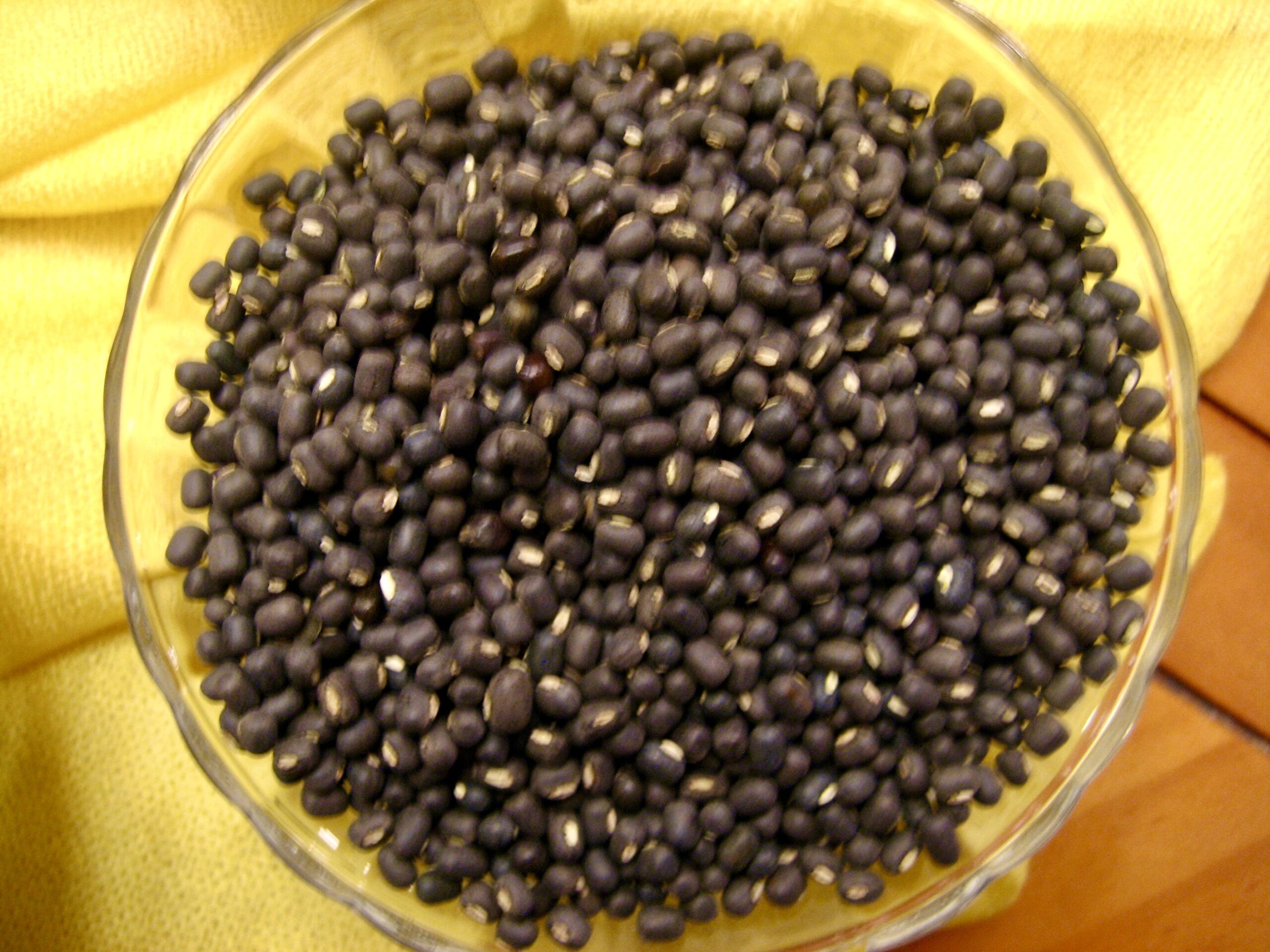
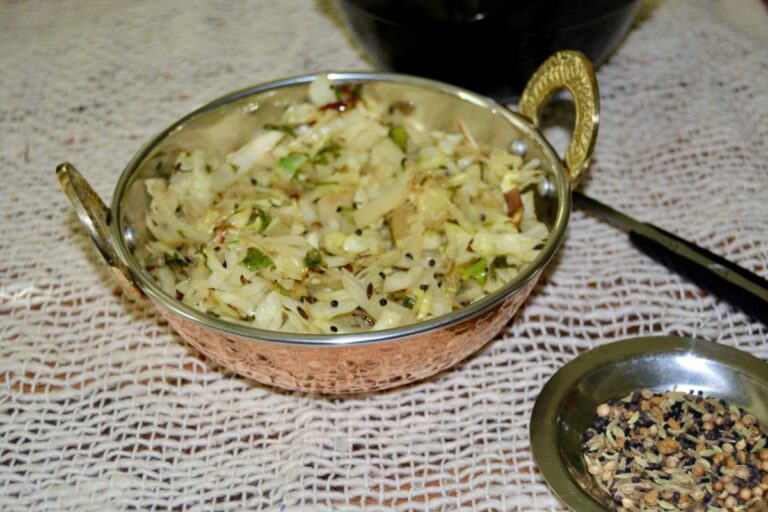
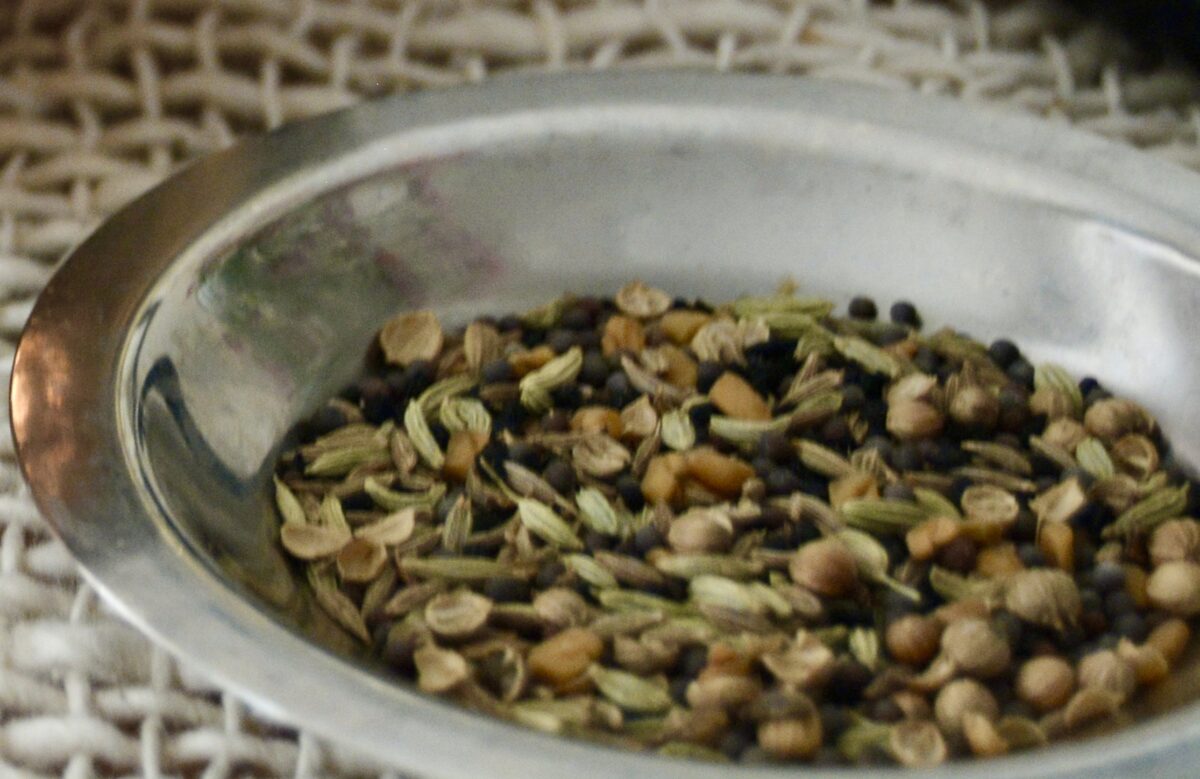
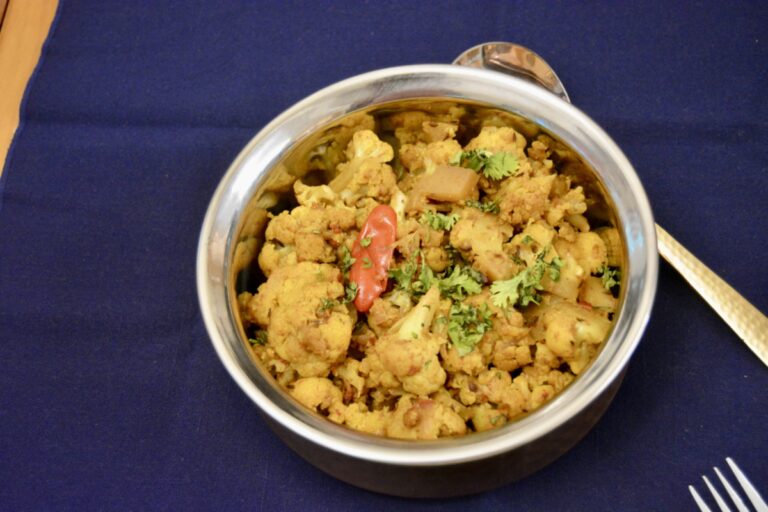
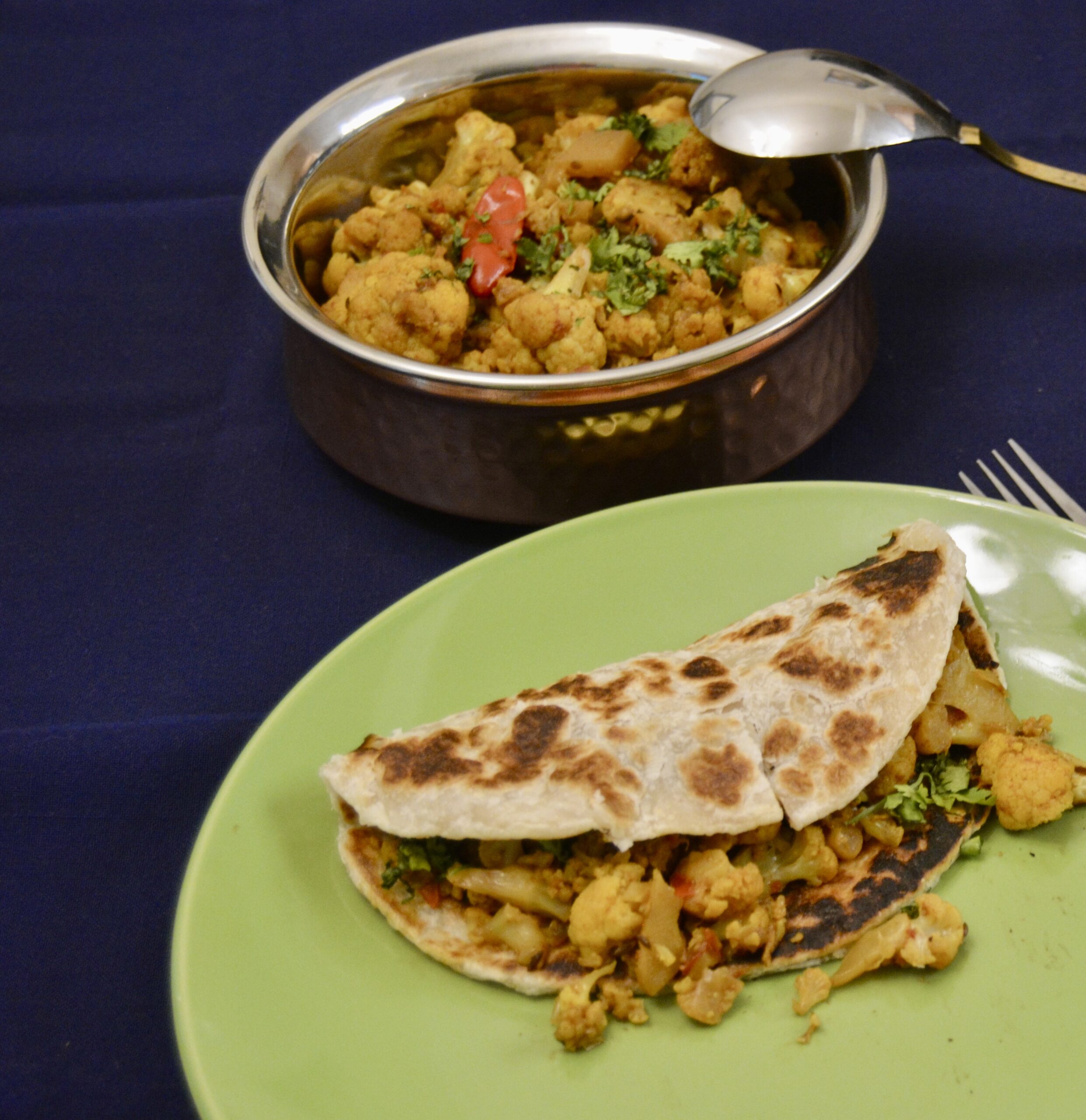
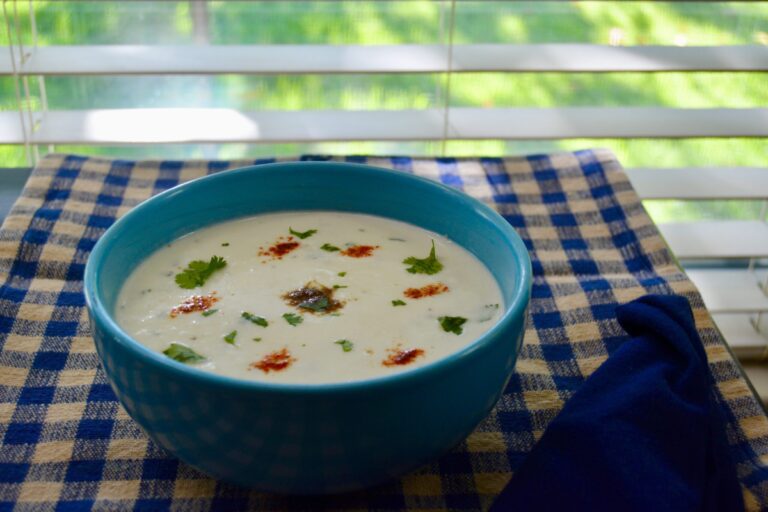
 I remember the old-fashioned scraper in the kitchen used when I was a kid. It was a metal blade shaped like a scythe, at the end of which was a circular metal disk with sharp teeth. The metal blade was mounted on a square block of wood. To scrape the coconut, you had first to remove the husk, then split the brown kernel in half. Next, you set up the scraper on the floor with a bowl or tray to catch the grated coconut. You sat on your haunches on the floor and steadied the board with the weight of one foot. Holding the coconut half against the scraping metal, you would move it back and forth across the grate, and the white meat would fall into the receiving bowl or plate. The metal teeth were sharp, and you had to be careful. The best part was the sharp blade was used to cut meat and poultry. It was always fascinating to watch the cook doing it. We were not allowed near the gadget, of course!
I remember the old-fashioned scraper in the kitchen used when I was a kid. It was a metal blade shaped like a scythe, at the end of which was a circular metal disk with sharp teeth. The metal blade was mounted on a square block of wood. To scrape the coconut, you had first to remove the husk, then split the brown kernel in half. Next, you set up the scraper on the floor with a bowl or tray to catch the grated coconut. You sat on your haunches on the floor and steadied the board with the weight of one foot. Holding the coconut half against the scraping metal, you would move it back and forth across the grate, and the white meat would fall into the receiving bowl or plate. The metal teeth were sharp, and you had to be careful. The best part was the sharp blade was used to cut meat and poultry. It was always fascinating to watch the cook doing it. We were not allowed near the gadget, of course!